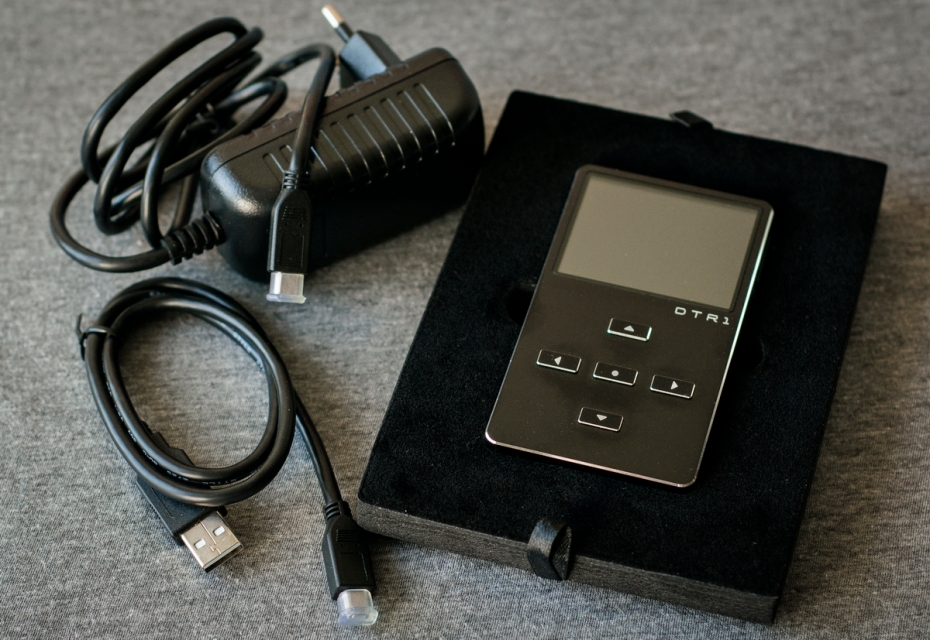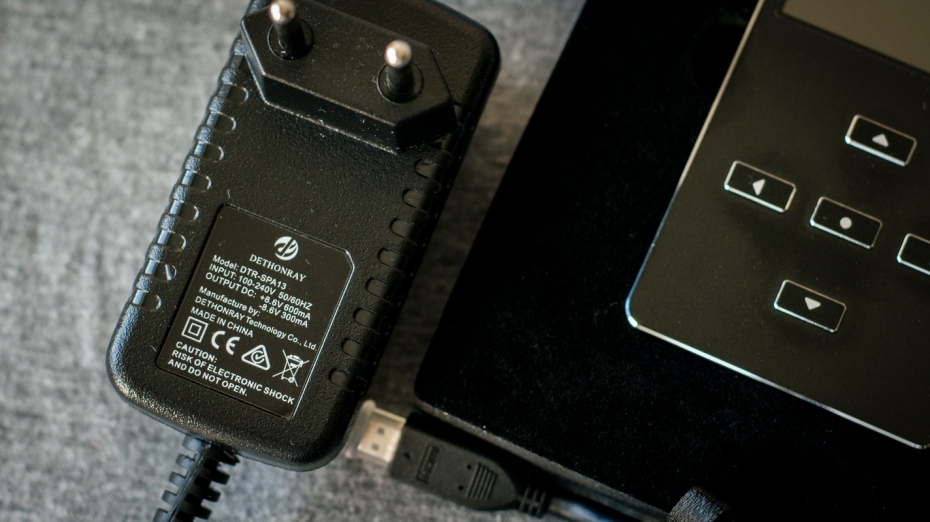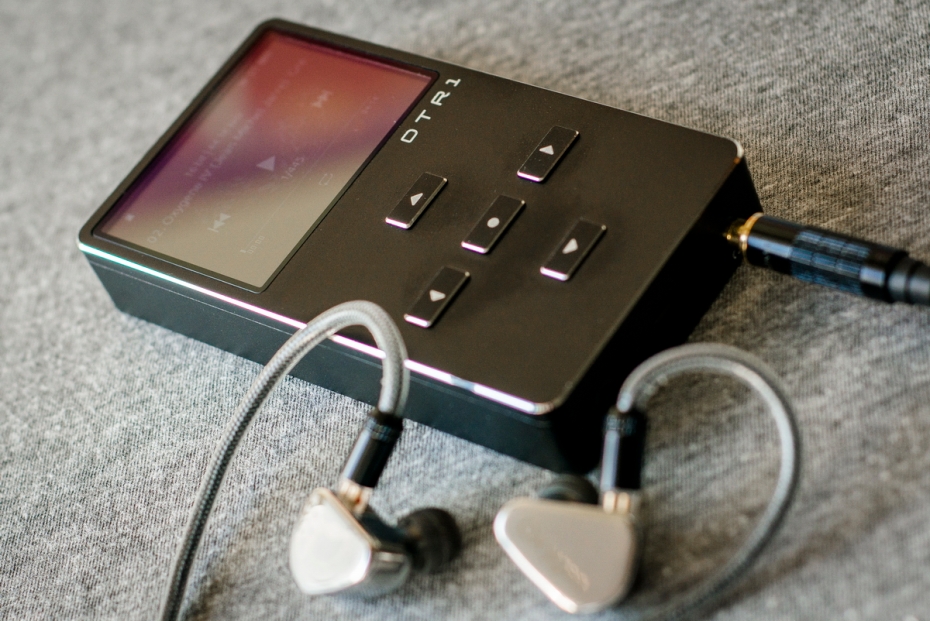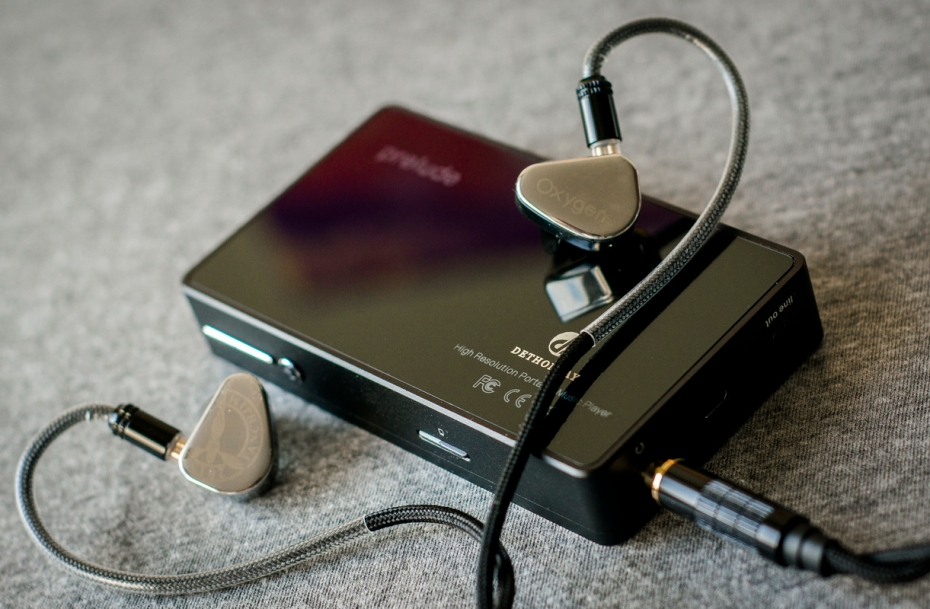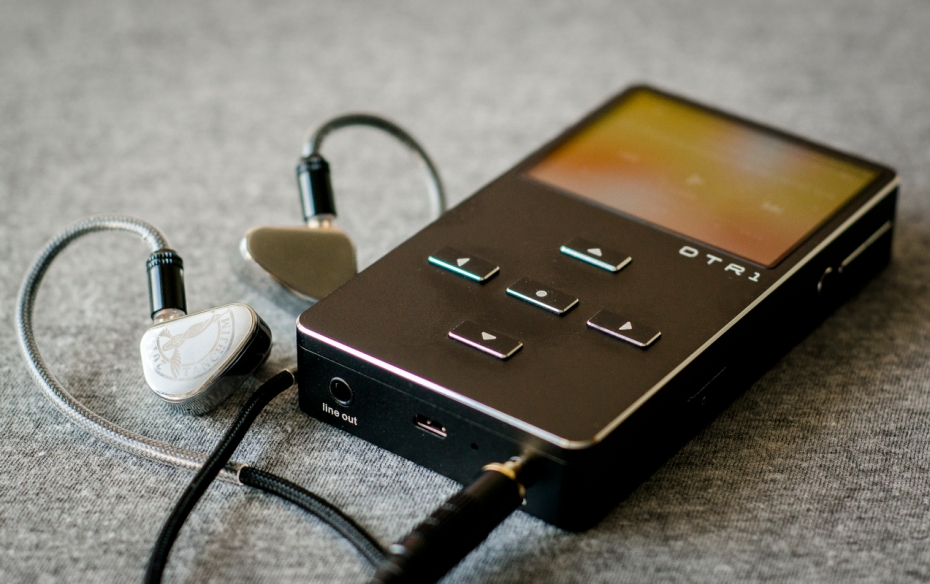This review is coming from a music lover, straight from the heart, without being too analytical. I am not a seasoned reviewer, so please ignore any mistakes.
This is my own unit, purchased in the month of December. No free unit for an unbiased review, no discount, nothing. This hobby is thus making me poor day by day. But in the end, I am happy.
For technical details of DTR1, you can refer to this link: HIFIGO
The question is - why do you buy a dap? Every now and then we have new daps coming in the market. The makers are heard boasting about the fancy UI, streaming capacity, high memory, and many other features. The chips are evolving, the engineering is evolving and so is increasing the user demand. But amidst all these factors, the maker of Dethonray DTR1 chose just the sound quality as the major feature and boy did he succeed in touching the perfection. DTR1 needs no introduction. There is nothing to talk about this dap than the sound quality. When they say that fancy chipsets don't make any sense unless there is a good implementation, they say it right. In worlds of AKM 4499, the DTR1 can be said to implement an archaic chipset (AK 4490 EQ) but the implementation has kicked all those fancy daps out of the room. And there goes the answer to the million-dollar question - why should you buy this dap? DTR1 has exceptional sound quality, so great that you do not want anything else. Forget the slickness of the UI of fancy daps and the fast scrolling of the music folders there, the rawness in this dap is going to make you surrender.
Let's talk about sound quality.
Bass:
The bass is punchy, just strong enough for you to like it. DTR1 has a nice detailed and very controlled bass. It's certainly not bass heavy but just enough quantity. The bass does not dominate other frequencies. Overall, it is very firm and controlled.
Mids:
Mids are where DTR1 shines a lot. There is a beautiful resolution with a lot of details and clarity. Vocals, though slightly laid back, but are really amazing. There is a good separation between instruments and vocal.
Treble:
The treble is little bright with DTR1 but there is no harshness, no piercing, no peakiness, and no sibilance whatsoever. It has a well extended, smooth and highly detailed treble.
Soundstage:
I would say soundstage is pretty wide and deep. There is enough air. The instrument separation and transparency is just outstanding. The resolution in the different frequencies is very well maintained which adds to the overall soundstage.
Power:
The DTR1 is powerful enough to drive most of the iems to their full capacity. It is too powerful for its small size, I tell you. Those power-hungry iems and headphones can be very easily driven by DTR1. I mostly keep it on a medium gain because high gain sometimes seems too powerful for the iems.
Pairing:
With Campfire Audio Andromeda:
A DD iem is a good pair for DTR1. But BA only iems, with a neutral tuning, are prone to hiss and do not pair well with DTR1. Andromeda, by default, is not a good pair with DTR1. There is noticeable hiss and a lot of sensitivity. So, what do you do? There comes in picture the savior - IFI IEMatch. It tames the hiss and brightness of the Andro and I swear to god, this becomes such a deadly combination. Ahh, the greatness of the Andromeda and the power of the DTR1 and those mids and highs and the controlled bass. I cannot get out of this stack for a very very long time.
With Meze Rai Penta:
I was lucky enough to audition the great Rai Penta with DTR1, thanks to one of my friends. The Penta-DTR1 is a match made in heaven. Penta is a great iem. To me, DTR1 being very little warm goes well with Penta which sounds a bit dark and not exactly neutral. DTR1's powerful output makes Penta shine a lot. That bass !!! Penta becomes a different beast with DTR1. Such lovely mids, very well extended treble and a very good balanced sound is what the Penta delivers. Though Penta has a narrower soundstage than Andromeda, nevertheless it is an easy pairing with DTR1. The Penta sounded better on DTR1 than on Cayin N6ii.
With DUNU 3001-Pro:
Again, a loaner unit from my friend. Dunu 3001pro is a very very balanced iem. Frankly, what the iems delivers is nothing less than greatness. With DTR1 it is a great pairing again. It has a dynamic driver which produces a great bass response with the DTR1. Lush and very natural mids and very well extended treble response is what I found on the 3001pro. Overall, a very enjoyable pairing.
Comparison:
I do not want to go for an apple to orange comparison here and talk about the things which DTR1 has and others do not and vice-versa. One common thing where the daps can fight is sound quality. I had owned N6ii before I got a DTR1 and to me, it does not sound any less than N6ii. Well, the pairing can be better for some iems on N6ii but that does mean N6ii is better in terms of sound quality. I would say they both compete for the neck to neck.
Hiby R6, Fiio M11, Sony ZX300 all these daps are costlier than DTR1 and they sound nothing in comparison to it, with the Hiby sounding the worst. I am not sure how does the R6 Pro compares but from what I have heard, DTR1 sounds better than R6 Pro, but I do not want to comment on that. I am very sure the DTR1 sounds better than many other daps in a higher price segment.
Lastly:
I do not want to talk about the other aspects at all. The sound quality of DTR1 is so heavenly that most of the other things are very insignificant. It is a very very user-friendly dap with enough features. One of the features where you can set the shutdown timer is really good. You have good decent battery life on DTR1. It charges to its full capacity in 2-2.5 hours. I do not miss the balanced output much. The dap can support a 1-TB sd card (as confirmed by Anson). It is very very portable and can be easily carried in the pockets (Do not talk about the bulkiness of N6ii).
What else?? Let's get back to sound quality. This is what matters the most for a dap. There is no exaggeration in saying that DTR1 sounds better than many expensive daps in the market priced more than two times its price. To me, DTR1 has given a new dimension to how I listen to my songs. It is such a lovely little thing that I am falling in love more and more, day by day.
UPDATE (Dethonray HPAMP HA-2 impressions):
Stack: DTR1 + HPAMP + Andromeda == Mind blown. Now I understand why people go for stacking. I was not even aware of such a clean sound.
God bless you, Anson.
Here are the impressions.
1. Andromeda is a different monster. Unimaginable sound reproduction. It has a better staging with the amp. No hiss at all. I am still using the Iematch with it(totally out of the habit of using it with DTR1), but the amp's sound reproduction is too clean. So Iematch is not required in it.
2. There is an elevated bass for sure. Not much though, but since DTR1 is more of a neutral-sounding dap (read: no elevated bass), I can feel the increased bass. The lows are a lot punchier without compromising the other frequencies. Treble is totally sorted. No peaks, nothing at all. Each instrument sounds so proper, so properly distinguishable.
3. Andromeda is bright iem and way too sensitive, which is why I have to using Iematch with DTR1. But with the amp, the brightness and sensitivity are very very controlled which is why Andro is much more enjoyable.
4. The synergy of this amp is amazing with the DTR1. It's like the amp is totally complementing the dap. Made for each other pair.
5. With my Macbook Pro (15inch), the sound reproduction through the amp is great, well, but not as great as it is with the DTR1.
6. This is my first amp experience. I had never imagined the Imagine album could sound so unimaginable. No hiss (at least none recognizable in a silent setting), so much clarity, such detailing, I was almost in tears. Mind you, I am no seasoned audiophile, no reviewer, just an avid music lover talking straight from the heart.






 The treble embodies a love and hate relationship. I like mine smooths but detailed. Not overly sharp or sizzled, but the top end needs some sparkle. Sometimes, the source takes care of it, sometimes the drivers. I prefer when the source does this job, because the drivers tend to get too hot when the intended sound signature was meant to be a bright/revealing one. With IEMs, soundstage remains within head range. Maybe a bit larger, but I don't think that anyone going the IEM's route awaits a real out-of-your-head sound presentation.
The treble embodies a love and hate relationship. I like mine smooths but detailed. Not overly sharp or sizzled, but the top end needs some sparkle. Sometimes, the source takes care of it, sometimes the drivers. I prefer when the source does this job, because the drivers tend to get too hot when the intended sound signature was meant to be a bright/revealing one. With IEMs, soundstage remains within head range. Maybe a bit larger, but I don't think that anyone going the IEM's route awaits a real out-of-your-head sound presentation.


























